
views
Identifying Chinese Evergreens

Learn to tell Aglaonemas from its South American cousin Dieffenbachia. There are many similarities, and to make things more confusing, they may both be labeled as general plants at the store. Dieffenbachia, aka Dumb Canes, have rounder, fatter leaves like banana plants, while Aglaonema is more spear shaped and slender also smaller. Diffenbachias also grow all around bigger, some reaching the size of a small tree while Aglaonema is more of a low bush.
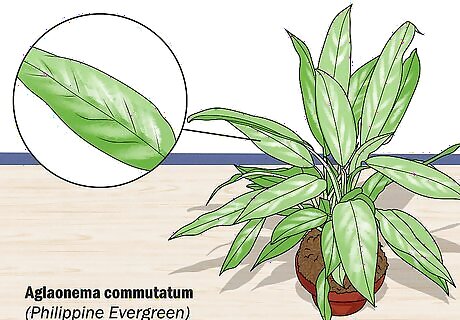
Look for the intricate silver markings of Aglaonema commutatum, which is also called the Philippine Evergreen. Cultivars and hybrids of this group are noticed for the spotty silver and green variegated foliage. Also, this group stays lower and smaller.
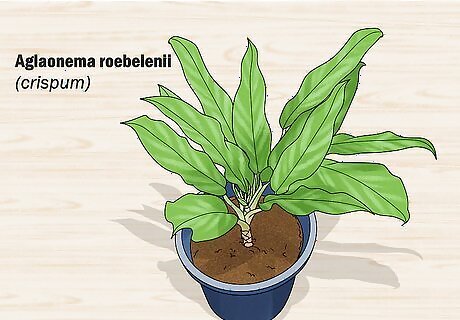
Look for Aglaonema roebelenii or crispum with it's central variegation markings. The center is almost always a different color than the main leaf.
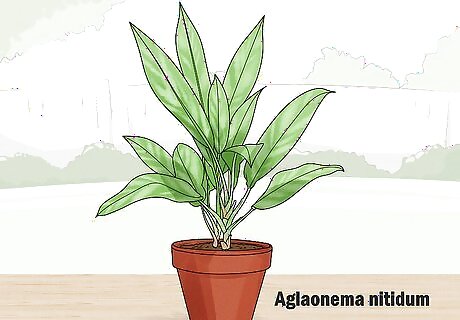
Learn to locate the classic Aglaonema nitidum. This group is overall larger than the A. commutatum group. These leaf markings can also have a tendency to be more linear than blotchy appearance. Silver Queen and Silver King, despite their royal names, only need moderate conditions, like their relatives. Their leaves are almost completely silver with green veins running throughout which is quite a site.
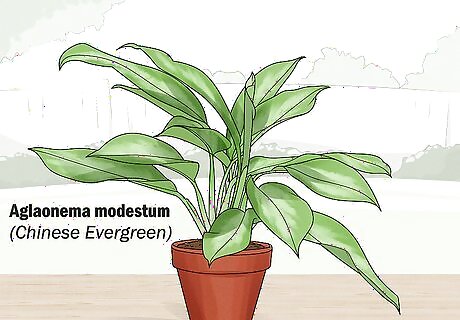
Look for the plain green Chinese Evergreen (Aglaonema modestum) and its cultivars with beautiful white veins. This one is mainly sold as seeds and not plants, and it's bigger than other ones seen in the market about four feet high . Another one has more blotches and even pink on it's foliage with some of the leaves also divided in half one color and other green. Variegated ones can't be grown by seed but reproduced by cuttings.
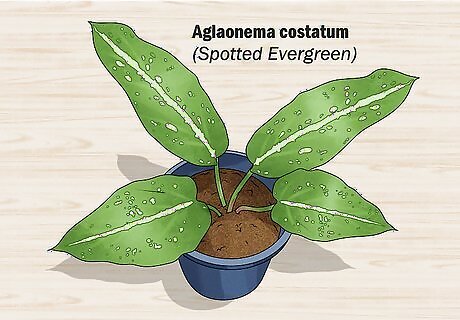
Identify Spotted Evergreen (Aglaonema costatum) by looking for dark green starry dotted leaves. These are the most compact of all Chinese Evergreens, rarely reaching over 2 feet tall.
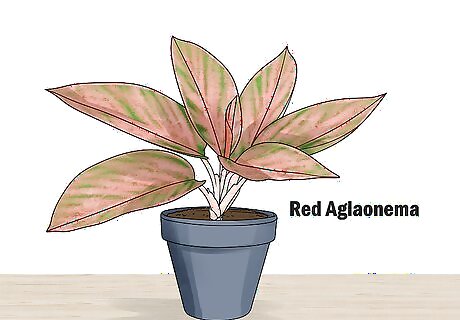
Look around for the new red Aglaonema varieties a recent addition to the market. These are the colors of fire including red, pink, orange to yellow. They also may require a tad more humidity, warmth and brighter light than others, but are cared for in the same way.
Caring for Chinese Evergreens
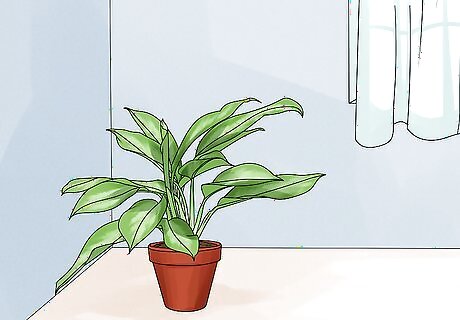
Place your plant in a moderately warm and shady location in the home, with no full sun. Chinese evergreens can thrive in average room temperatures that don't get too cold or too hot, around 50 to 80 °F (10 to 27 °C). They don't like hot sun which can burn leaves easily causing crispy burn scorch marks. If it's too cold, the plant will turn yellow and, if it's too wet, it'll drop leaves. This can also cause rot when the plant just turns to mush. Avoid sudden changes in temperatures or plant will get shocked and can die. If your plant keeps bending its leaves toward the sun, don't worry. It's ok and natural for almost all plants.
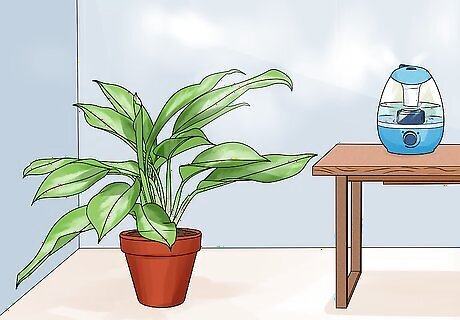
Don't worry about humidity. Aglaonemas can tolerate the dry centrally-heated air of most homes during winter. If leaves start getting dry crispy edges or spots on them, don't mist the leaves to avoid spotting. Instead, opt for more indirect humidity like getting a humidifier, placing in a plant group, near an indoor water feature or in a pebble tray. If the room is very cold, lower the humidity as well to avoid rot, fungus, and mildew problems.
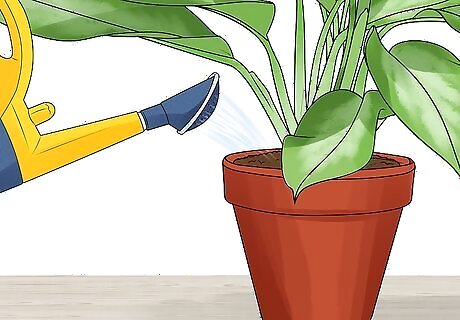
Water the plants once the soil top half is dry. The soil should feel bone dry when a finger is halfway stuck into the soil. In winter or in extremely cold temperatures, reduce the water even more. The soil can almost dry completely during this "rest season". These tropical plants never rest completely, but growth slows down, and winter growth will be smaller than spring and summer ones.
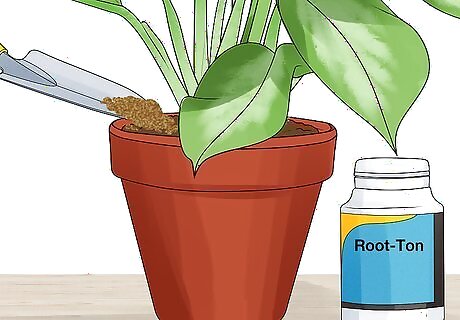
Fertilize the plant during the spring and summer seasons, but not at all during fall and winter seasons. Use a mix-in fertilizer like Root-Ton. This plant is a heavy feeder.
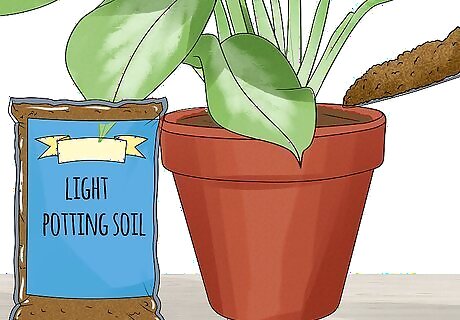
Repot as necessary in a peaty, light potting soil. This plant comes from the floor of the rain forest, where the soil is loose and airy. It also has a lot of leaf litter. Don't repot this species often, because it doesn't like having its roots disturbed. It's time for transplanting when the plant needs too much water after too little time and the plant stops growing. Also, the pot will be full of roots and no soil.
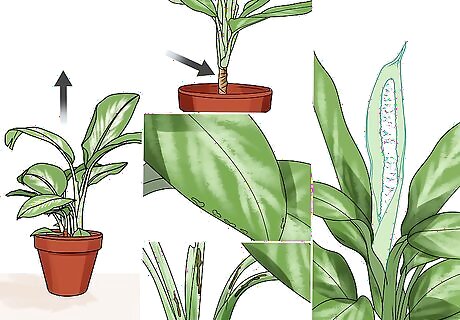
Watch for the plants many unique behavioral habits. The plant has some unique ways of telling the owner how it "feels": When leaves are arching up, the plant is really happy. The stems and leaves should be overall facing up and not slouchy and down like a fountain. If it's not happy, try planting it a lighter soil. Use one that has a higher ratio of peat in the mix than soil like that of African Violet mix; you can make your own by mixing peat moss with potting soil. The lower leaves will drop in time, forming a trunk. If one or two a year fall off, it's no big deal and natural. If it happens too frequently, then it's suffering from too little or too much water or the soil is too heavy for its roots to thrive. Often, the plant will produce an offshoot for replacing the lower growth or can be reproduced using the following propagating procedures. The leaves look like they are sweating or crying. This is called "guttation." when the plant is letting sap escape through its leaves. It's natural and means the plant is healthy. However, you'll want to protect any furniture or floors this could damage. Scars on the leaf stems are natural and come from the plant moving with the sunlight. They are not a problem. The appearance of flowers is not very significant. It's rare that the red berry clusters appear in indoor plants. The plant uses energy in producing theses instead of leaves. Cutting the stem these appear on will redirect this energy to producing leaves and branching and the plant may form offshoots.
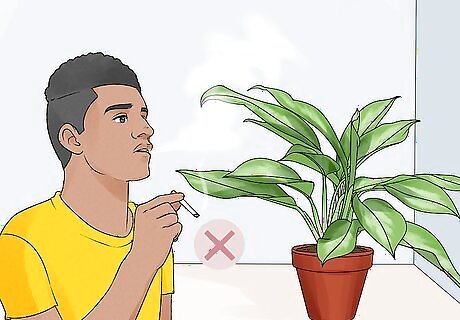
Avoid smoking near the plant. This can cause ugly corky brown spots to occur on some varieties. Also, the same can happen when leaves are misted directly with water, unless they're just being rinsed off during hot weather.
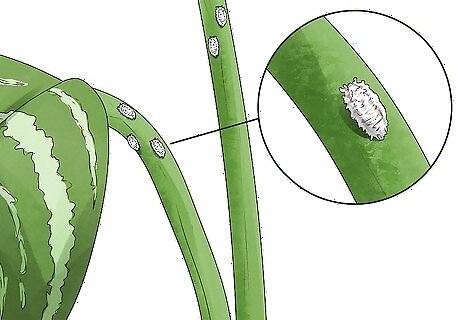
Watch for white wholly mealy bugs. These look like white fuzzy versions of pill bugs.These critters come around when plants are exposed to overly hot and dry conditions. They can be found mainly where the stem meets the leaf or the underside of leaves. Use a pesticide that is safe for plants to combat them.
Propagating Chinese Evergreens
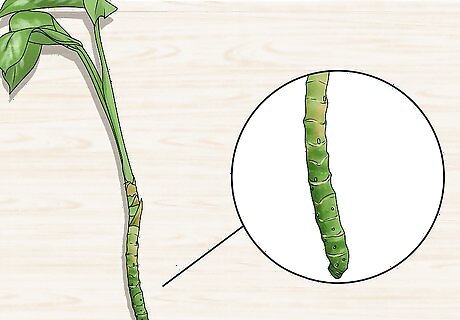
Make cuttings of stems with leaves on top. Make sure the cuttings have little white dots on the stems (called eyes), where new roots grow.
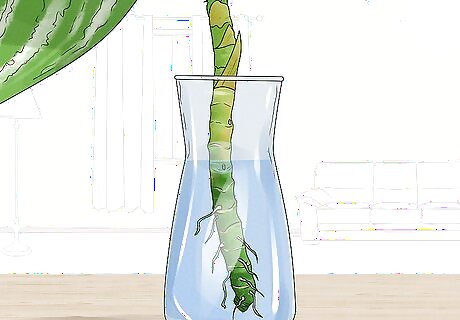
Place the stem ends in a glass of water. Once the roots start showing, the plants can be planted in soil. The cuttings can also live indefinitely in water, like a living freshwater bouquet with changing of water. The plant is also a great candidate for hydroculture, which involves putting plants in clay pellets and water.
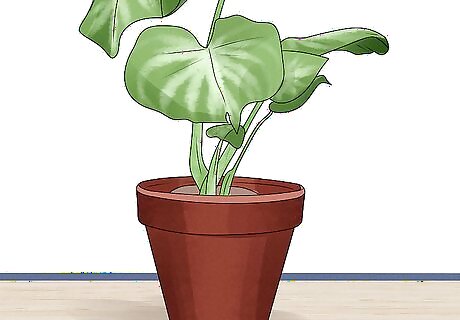
Divide the plant into sections each with some healthy foliage and well-formed healthy roots. You may sometimes have to cut the stem which connects that plant to its mother plant. Just plant each new section as an individual plant in a different pot.




















Comments
0 comment